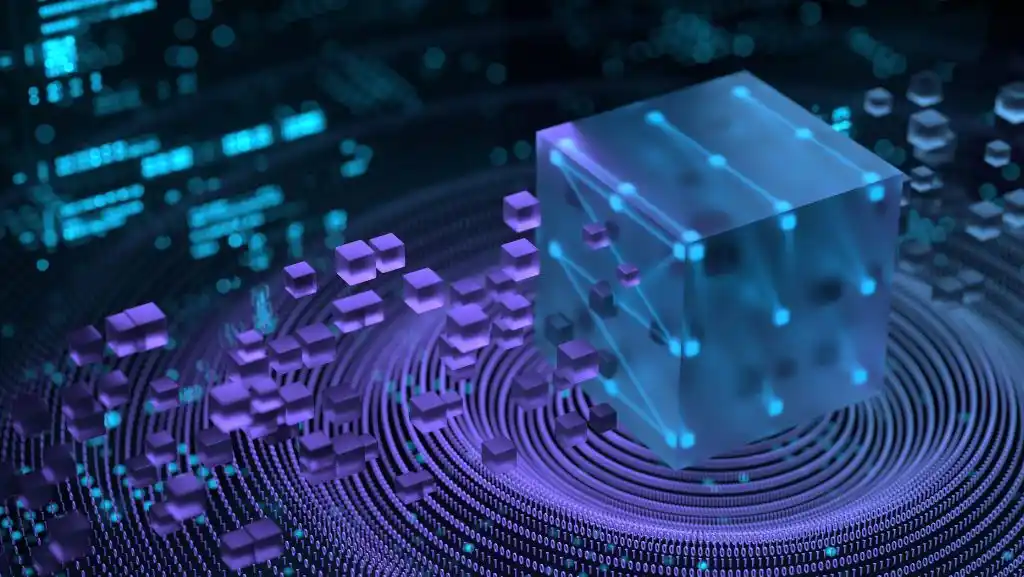
Table of Contents
ToggleMining cryptocurrencies: introduction
If you are interested in buying cryptocurrencies, you can easily pick an exchange to acquire the assets and a wallet to store them safely. There are several options and a good research will certainly be of great help to choose the best for you.
Yet, the coins have to come from somewhere. Every day, new digital coins are added into circulation, so they can be bought by any interested investor. However, if there is not a central authority issuing and controlling it, how are cryptocurrencies made then?
So, here the process called mining cryptocurrencies is important.
Understanding mining: blockchain and the decentralized system
Understanding cryptocurrency mining requires first some contextualization. The great innovation brought by cryptocurrencies was the decentralization. Generally, cryptocurrencies work as an instrument of exchange between two parties without central authorities intermediating the process.
Central authorities from each country are responsible for issuing paper money and for the authentication of the transactions we make. This determines the coin’s value (by restricting the quantity of notes in circulation) and its legitimacy – after all, we are dealing with tangible money, cash, that you can have in your hands.
Cryptocurrency, on the other hand, does not have a central regulatory entity. In fact, the system that holds “control” over cryptocurrencies is called blockchain. The blockchain is like a ledger that records transactions made with a particular cryptocurrency. The name comes from the formation of transaction blocks, which are added in a chain, forming the ledger.
Each computer on the blockchain network (called nodes) has a copy of the complete record of all transactions. Whenever a block is added, all existing copies of the blockchain are compared — the block is only really validated if all copies of all nodes are equal. This makes it almost impossible for any isolated network node to make a change without the rest of the network noticing. Therefore, one of the characteristics of the blockchain is that it is immutable.
This is a very simplified explanation of what blockchain is. You can read more about blockchain in our complete guide.
How does mining cryptocurrencies work?
Each block added to the chain contains thousands of transactions carried out. In order for the blocks to be added, an extremely complex mathematical problem must be solved. However, to solve this problem, computational power available to a few people is necessary. These people who solve these problems are called miners.
Miners do this in exchange for a cryptocurrency reward. There are many miners all around the world – the person who finds the right solution first is allowed to add the block to the chain and gets the reward. The block then is going to be checked by the rest of the chain and, if everything is correct, the miner receives a reward in cryptocurrencies.
However, being a miner is not easy as it may seem. Solving the complex mathematical problems created by the blockchain is more difficult for an average computer. Therefore, most of the miners usually invest money buying hardware, obtaining then robust equipments capable of solving the calculations.
Further, the expenses with energy to keep this equipment processing are normally higher than average, which also limits cryptocurrency mining.
To avoid the hasty addition of blocks, the system adjusts the difficulties of the calculation. As a consequence of this, the network’s security increases.
Proof of Work: the first consensus model
Every cryptocurrency uses a consensus model to validate transactions and add them to the blockchain. When we talk about cryptocurrency mining, we are generally referring to the Proof of Work (PoW) model.
Proof of Work basically works on the idea that you need to prove that your computer has enough power to solve the complex mathematical calculation before the other nodes on the network. The system adjusts the difficulty of the calculation so that this resolution is not fast and to increase the security of the network.
PoW was the first model presented for cryptocurrency mining, along with the launch of Bitcoin. Currently, other famous cryptocurrencies use PoW, such as Litecoin and Monero.
However, because of the several criticisms to the model, mainly on its great expense of energy that PoW requires and the time it takes in validating transactions (in Bitcoin, for instance, it happens each 10 minutes), another system was created in 2012, which is known as Proof of Stake.
We are going to explain the Proof of Stake model in our next article. Keep following our blog and find out everything about cryptocurrencies!

